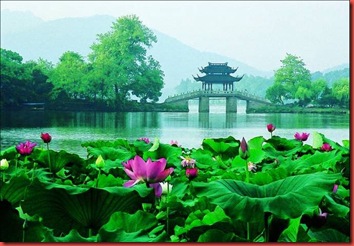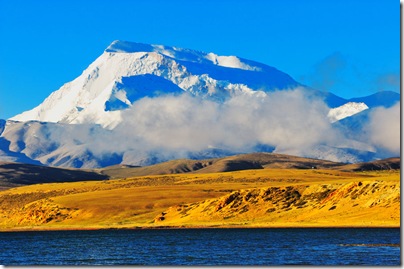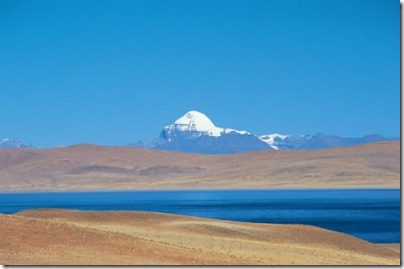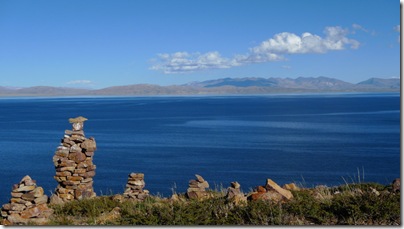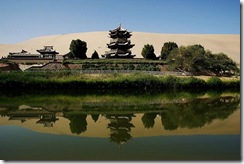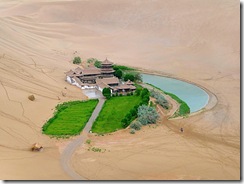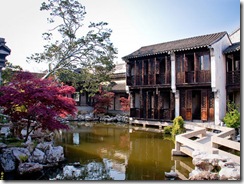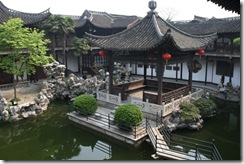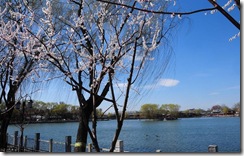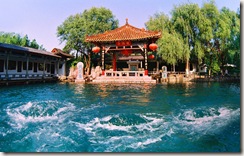The beauty of the West Lake lies in a lingering charm that survives the change of seasons in a year, of hours in a day, and of different weathers. Ancient people praised the lake as a “home of hundreds of tourist sites where you get intoxicated all the time”. To demonstrate its beauty, the lake offers 10 most famous scenes as Spring Dawn at Su Causeway, Melting Snow at Broken Bridge, Sunset Glow over Leifeng Hill, Lotus in the Breeze at Crooked Courtyard, Autumn Moon on Calm Lake, Listening to Orioles Singing in the Willows, Viewing Fish at Flowers Pond, Evening Bell at Nanping Hill, Three Pools Mirroring the Moon, Twin Peaks Piercing the Clouds. No wonder the Song Dynasty poet Su Shi compared the Lake to Xizi, a Chinese Cleopatra: “Ripping water shimmering on sunny day, Misty mountains wonder in the rain, Plain or gaily decked out like Xizi, the West Lake is always alluring”. So the lake is also known as Xizi Lake.
The West Lake landscape is an exceptional testimony to the very specific cultural tradition of improving landscapes to create a series of ‘pictures’ that reflect what was seen as a perfect fusion between people and nature, a tradition that evolved in the Tang and Song Dynasties and has continued its relevance to the present day. The ‘improved’ West Lake, with its exceptional array of man-made causeways, islands, bridges, gardens, pagodas and temples, against a backdrop of the wooded hills, can be seen as an entity that manifests this tradition in an outstanding way.

The West Lake is a like a shining pearl inlaid on the vast land of China, reputed for beautiful scenery, a multitude of historical sites, brilliant cultural relics, and a profusion of native products. Legend has it that the West Lake was a heavenly jewel fallen to earth. Pragmatists insist that it is a mere lagoon on Hangzhou’s western fringe. In any case, West Lake has inspired painters for centuries.
